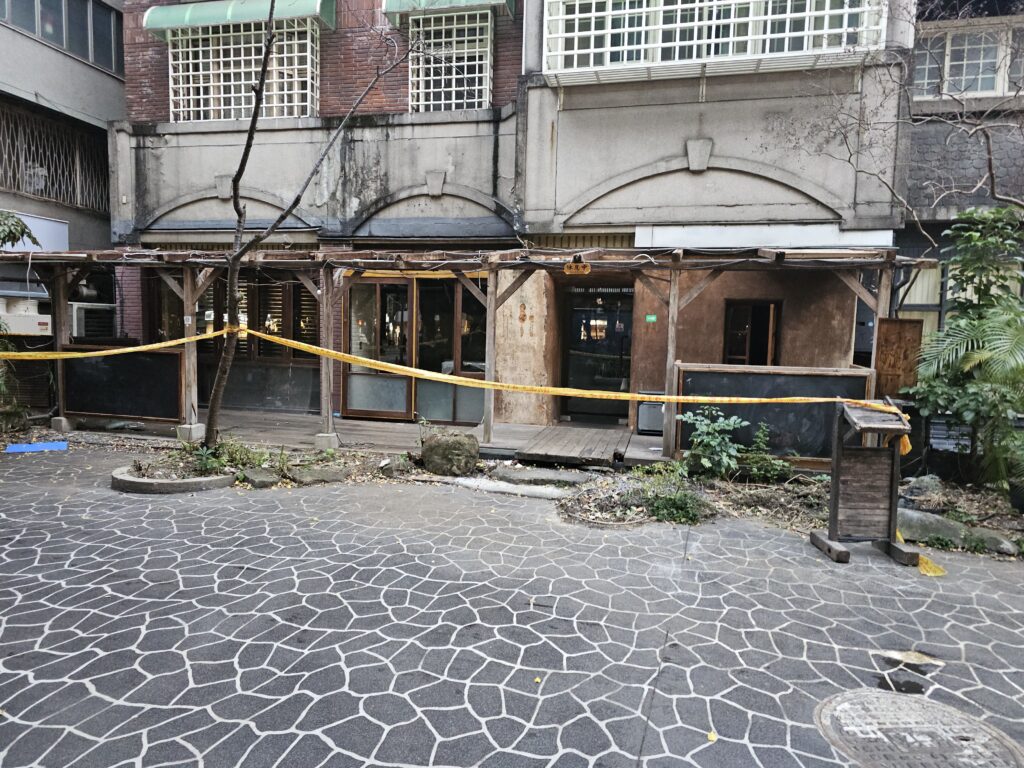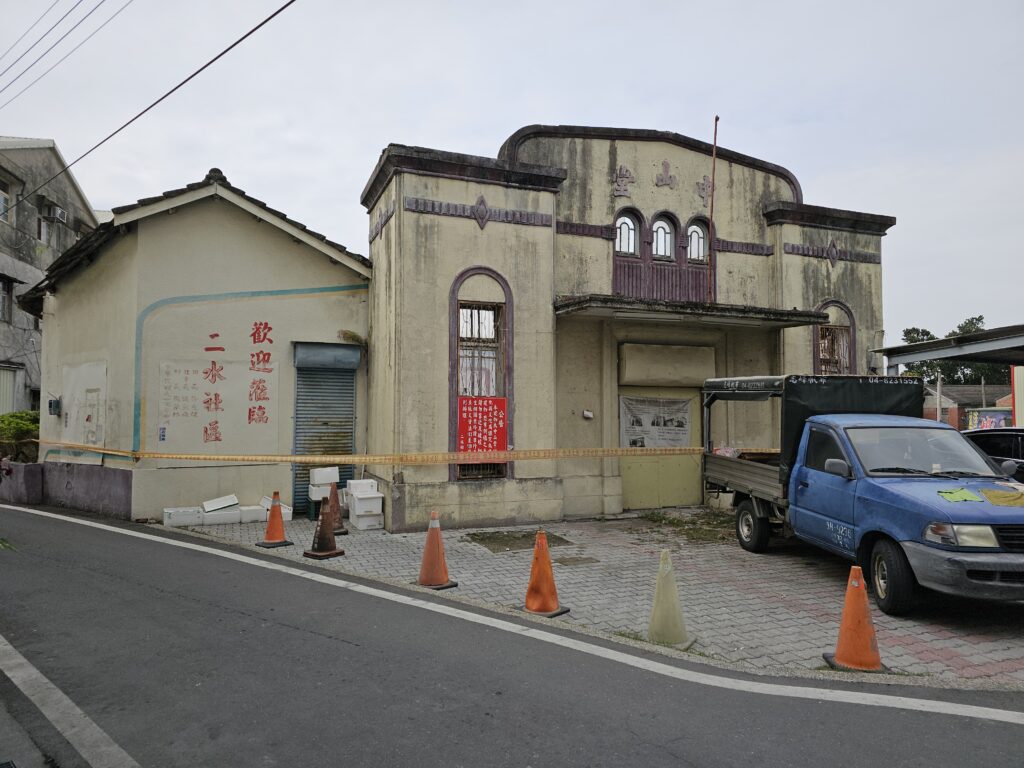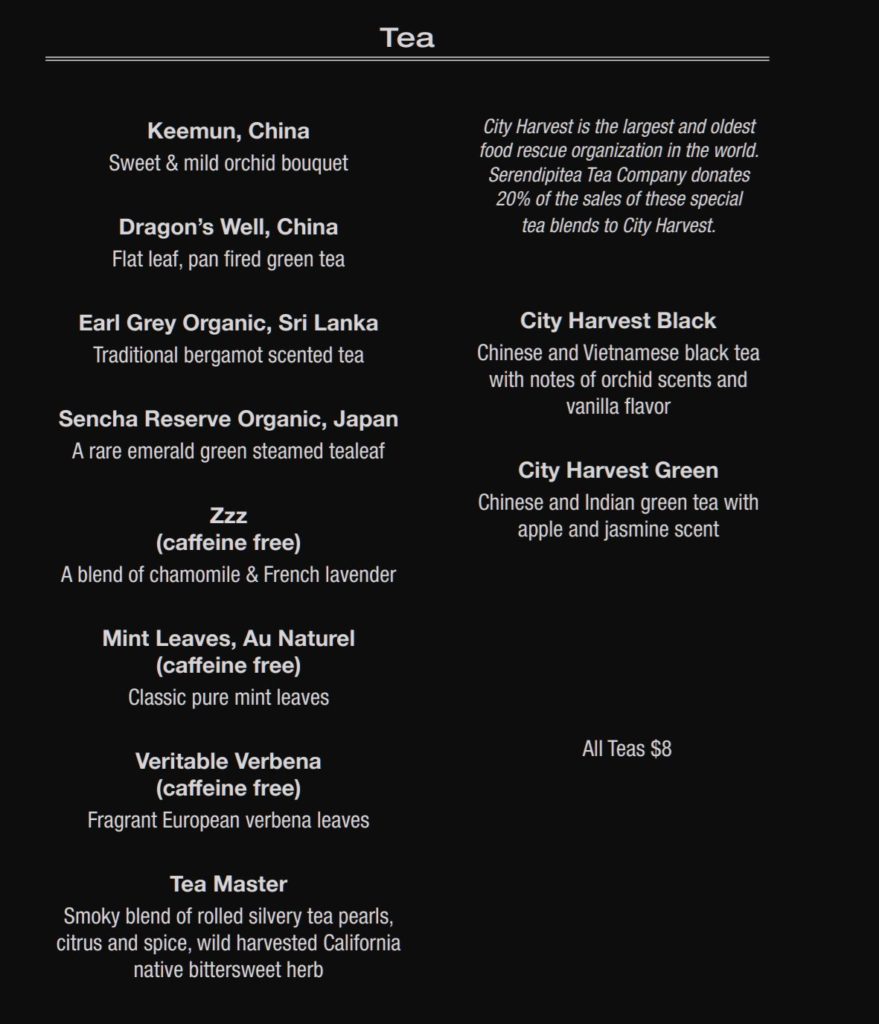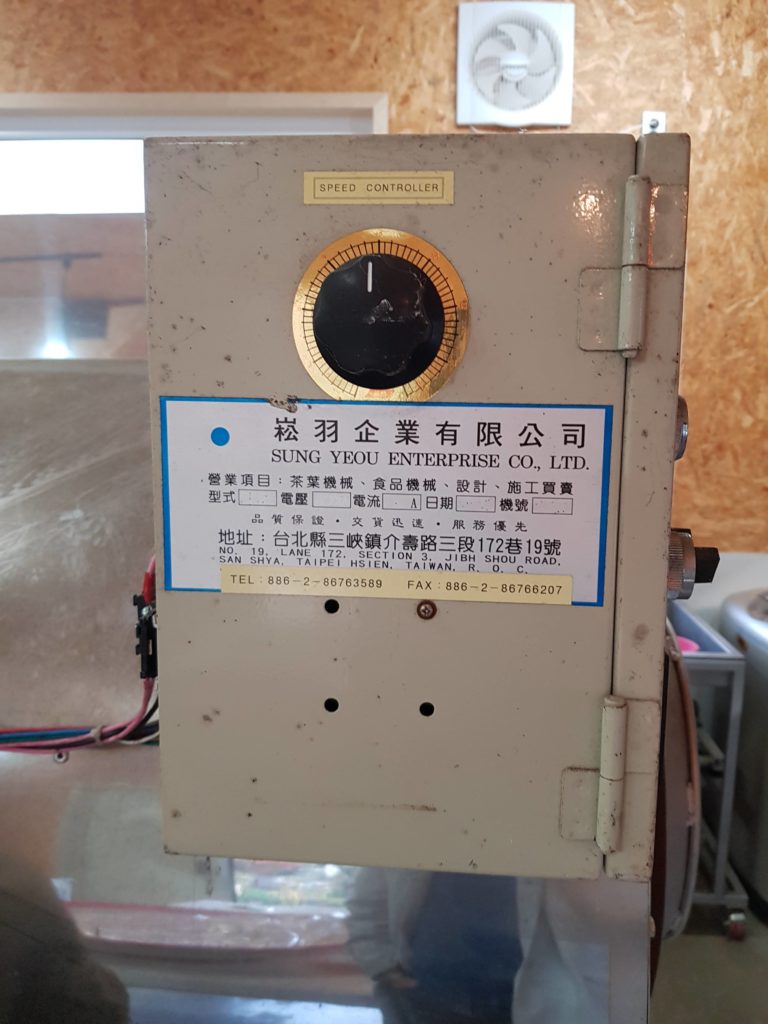Old timers on this blog will remember the Longjing rule, in which I stated that one should not go to Hangzhou to buy Longjing – because the best tea has already left town. Recently, as I’m going around Taiwan talking to folks and doing research on my project, I have once again reaffirmed this rule.
It’s more tempting than ever these days, driving up to the tea mountains, taking in the scenery, and stopping by some farmer’s shop where you can taste all their offerings and then buy some tea to take home with you. You got it straight from the source! It must be cheaper and better. Well…. not so fast. As one owner of a big wholesaler in Taipei told me, when you go up to the mountains and buy tea from the farmers, you’re getting stuff that they had already picked over. Think of it this way – you’re a farmer in, say, Dayuling. You have a tea farm to run, and bills to pay. You’ve got a nice batch of maybe 300kg of this fancy stuff you just made this year. It’s good. It’s very good. You can sell it for top dollar to anyone. What do you do? Do you sit on it, hoping some random Joe will drive up and buy 150g at a time? Or do you send a sample to the same guy in Taipei who’s been buying teas from you for the last twenty years, and sell the whole batch of 300kg in one go?
I think the choice, if you’re a farmer, is obvious. Of course, maybe you hold back a little bit, keep a bag of a couple kg leftover at home to sell to the tourists. That’s always possible, but here’s the other thing – tourists are generally not repeat customers the way a big wholesaler is. A repeat tourist customer is buying maybe a kilo of tea from you every year. A tea trading firm is the big business, you want to keep them happy, because they pay your bills. And quite frankly, if I drop any of you into Dayuling right now and you drink 10 different teas from the same farmer – you probably would have a hard time picking out which one is the best one (as would I). The difference in quality that we may perceive while touring at the mountain is minimal. Yes, the per unit price we will be willing to pay may be higher, but in the meantime the farmer is sitting on 300kg of unsold inventory.
Things, of course, have changed a bit. These days many farmers, especially the more enterprising ones and ones who have younger family members helping out, are branching out into direct sales. But direct sales is hard work. It’s extremely difficult to differentiate yourself from all the other farmers also doing direct sales. Customers then gravitate towards people who have won awards from competitions, to ones who are good at social media in promoting themselves, or who are just somehow more distinctive due to some other kinds of advantages. None of those are easy, and they would still, quite often, sell to wholesalers because it is not ideal to rely entirely on simply selling to tourists. Many I’ve talked to would take on orders for teas from resellers – sometimes even people who they know is going to rebrand the tea. They’re perfectly ok with that – it’s part of the business and it provides stability to the frontline producers.
The point of the Longjing rule isn’t to say that you should never buy tea when you visit tea areas – by all means, go do that. If you’ve never been to a tea farming area, visiting one is pretty fun. Seeing how different farms do things is also interesting, as they all have little quirks and preferences. But, don’t expect the best things while you’re there, because chances are the best teas have long left the farms to go to the big cities where you first landed.













 RSS - Posts
RSS - Posts
I took you at your suggestion and have been reading some of your old post-Covid posts. I haven’t been to…